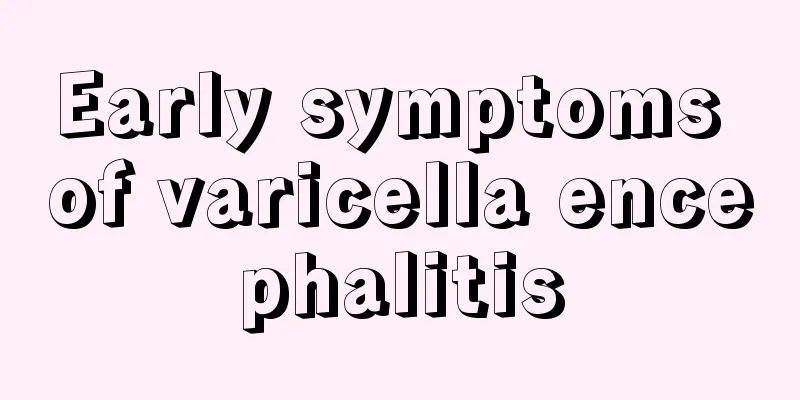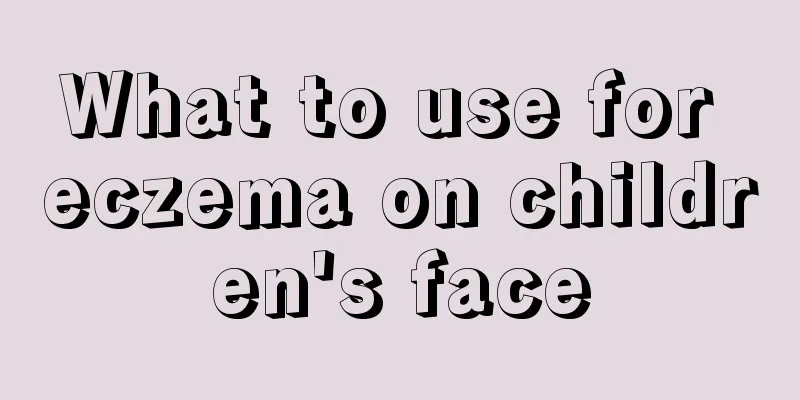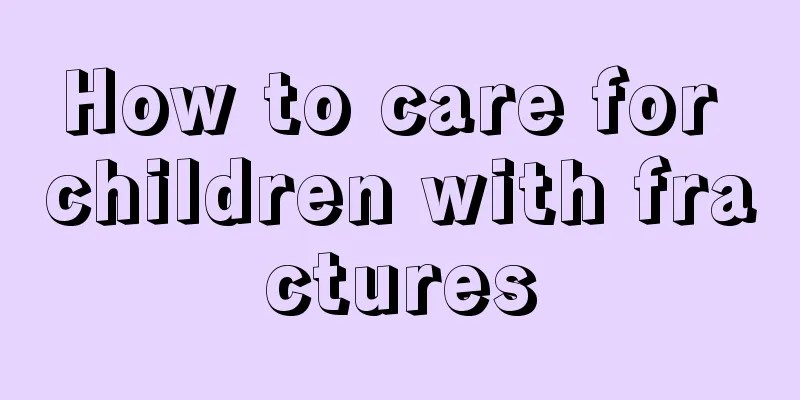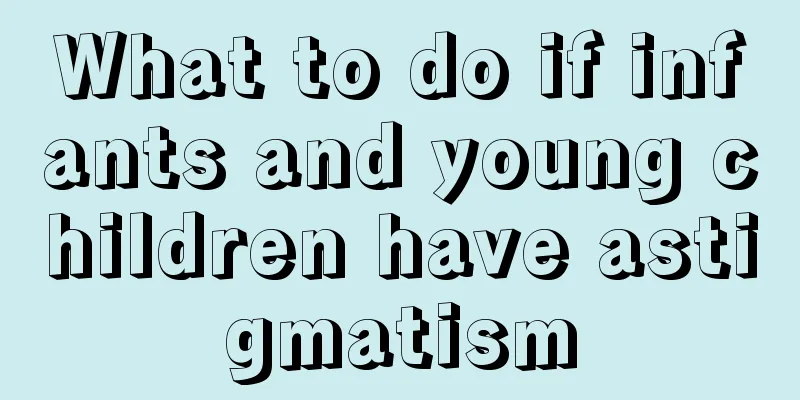Early symptoms of varicella encephalitis

|
Newborn babies have very weak resistance and if they are not carefully cared for, they are likely to develop a series of diseases. Varicella encephalitis is caused by the baby being infected with the varicella-zoster virus, which reproduces in the respiratory tract and eventually enters the blood and travels throughout the body. Some babies will develop brain inflammation and symptoms such as ataxia and dizziness. Let’s find out. The onset of varicella encephalitis varies from patient to patient, with some developing acutely while others developing slowly. In the early stage, there may be no fever or signs of meningeal irritation. Common symptoms include headache, vomiting and paresthesia, or accompanied by cerebellar symptoms such as ataxia, nystagmus, dizziness and language disorders. In severe cases, there may be convulsions, paralysis, drowsiness or coma. Causes The pathogen of infantile varicella encephalitis is varicella-zoster virus, and the incubation period is 7 to 21 days. The varicella encephalitis virus in infants first multiplies in the upper respiratory tract. A small amount of the virus invades the blood and multiplies in the mononuclear phagocyte system first, then enters the blood circulation in large quantities again, forming a secondary viremia, invading the skin and internal organs, and causing the disease. Preventive Care
1. Disinfection and Isolation After admission, patients were immediately required to undergo respiratory isolation as directed by the doctor until all the chickenpox had scabs and they were cured and discharged from the hospital. The temperature in the ward is maintained at 18-20℃, the relative humidity is 50%-60%, ventilation is scheduled every day, the floor is sprayed with air disinfectant twice a day, and other children in the family are instructed to take antiviral powders such as Isatis root to prevent infection. 2. Coma Care When the child was admitted to the hospital, he was unconscious and did not respond to calls. He was immediately placed in a supine position with one side of his back slightly elevated and his head tilted to one side. The airway was kept open, respiratory secretions were cleared promptly, and low-flow continuous oxygen was administered. Treatment and nursing operations were concentrated as much as possible to reduce stimulation to the child. Various rescue medicines and items were prepared to prevent convulsions from occurring again. 3. Observation of the disease Closely observe changes in consciousness, vital signs and pupils, accurately record water intake and output over 24 hours, and keep nursing records in a timely manner. 4. Basic Nursing Take good care of the skin, oral cavity and eyes. Turn over and pat the back once every 2 hours, massage the pressure areas, clean up urine and feces in time, and keep the skin clean and dry; scrub the eyes with normal saline every day and apply erythromycin eye ointment; do oral care twice a day and apply glycerin on the lips to prevent dryness and cracking. treat
(I) General treatment : Nursing, cooling, anti-convulsion and respiratory failure treatment can refer to the treatment of encephalitis. (ii) Antiviral treatment : Varicella encephalitis should be treated with antiviral therapy. The first choice is acyclovir 5-10 mg/kg intravenous drip, once every 8 hours, for 7-10 days. The dose should be reduced for patients with renal insufficiency. If the rash is treated within 24 hours of onset, it can alleviate symptoms and shorten the course of the disease. (III) Symptomatic treatment: Keep the room temperature below 30℃ by placing ice cubes, electric fans, air conditioners, etc. Physical cooling can be achieved by applying 30% alcohol baths, placing ice packs in the groin, armpits, and neck; a cooling bed or cold mattress can also be used. Indomethacin 12.5-25 mg, once every 4-6 hours. You can also use Chinese medicine such as Niuhuang Qingxin Pills and Chaihu Injection. Most children with varicella encephalitis can recover completely, with a mortality rate of about 5% to 25%. About 15% may have serious sequelae such as intellectual disability, epilepsy, movement disorders or abnormal behavior. |
<<: Baby gets fever after polio vaccination
>>: Can I get vaccinated if I have a slight cough?
Recommend
Subcutaneous fat necrosis in newborns
We all know that newborn babies are our parents&#...
Symptoms of encephalitis in a 4-year-old baby
Children’s health is often what parents are most ...
Why does an eight-month-old baby have bad breath?
There are many interesting things in the world. W...
Why do children have head lice?
Children have a smaller range of activities and t...
What should I do if my child always doesn't like to eat?
Children’s health and development are the issues ...
What causes blisters on children's legs?
Children can be said to be the hope of the entire...
What to do if your baby has jaundice
Jaundice is a common symptom among many newborns....
0-1 year old baby's visual development process
There is a saying that newborns have no vision. I...
Is it bad if the baby takes a bath every day?
Clean-loving mothers often bathe their babies onc...
What is the reason for a one-year-old baby to have repeated fever?
One-year-old babies are very prone to fever. Ther...
What is the reason for children's blood in stool
When a child has blood in his stool, it sounds ve...
How to prevent children from holding urine?
Children are the future of the motherland and the...
What should I do if my child has a cough and fever?
Some children have problems with coughing and fev...
Methods for detecting precocious puberty in children
If your child suffers from precocious puberty, yo...
Nursing methods for children with recurrent cough
Children's respiratory tract is relatively fr...









